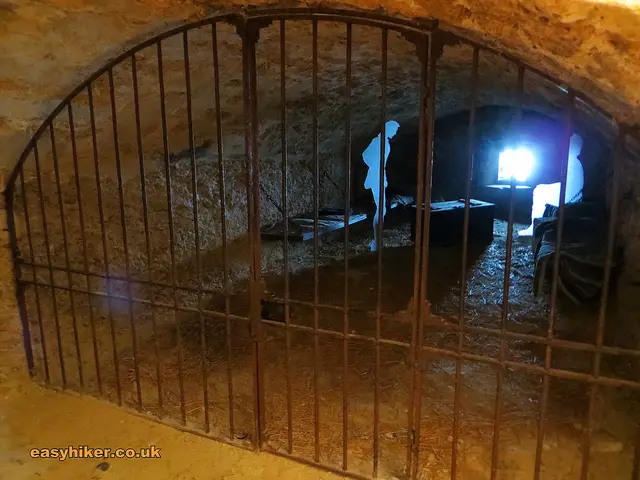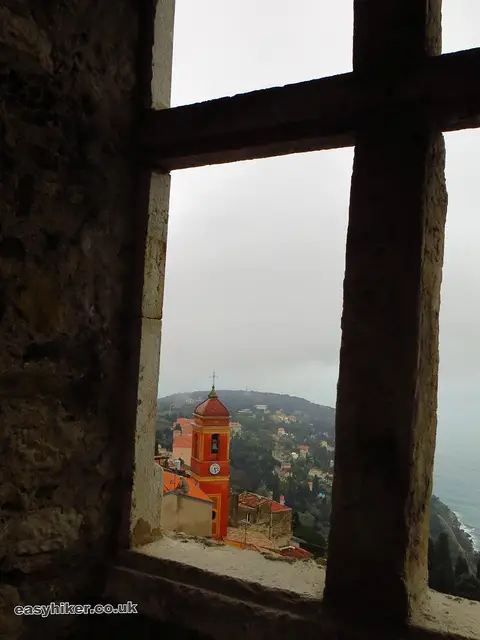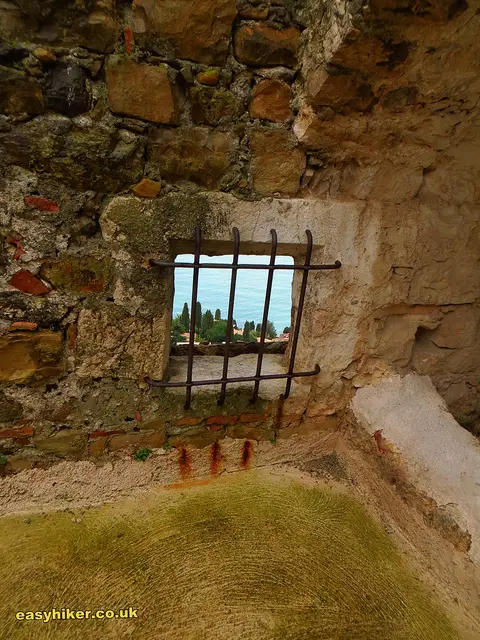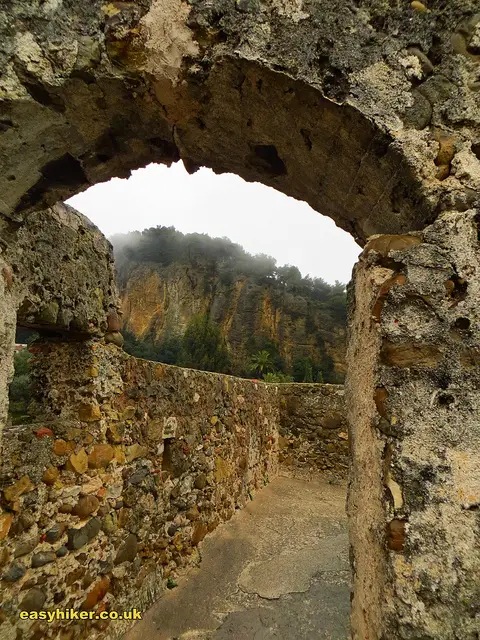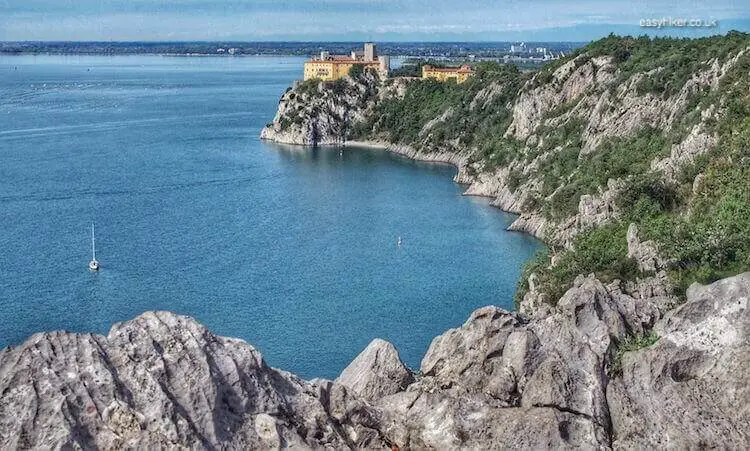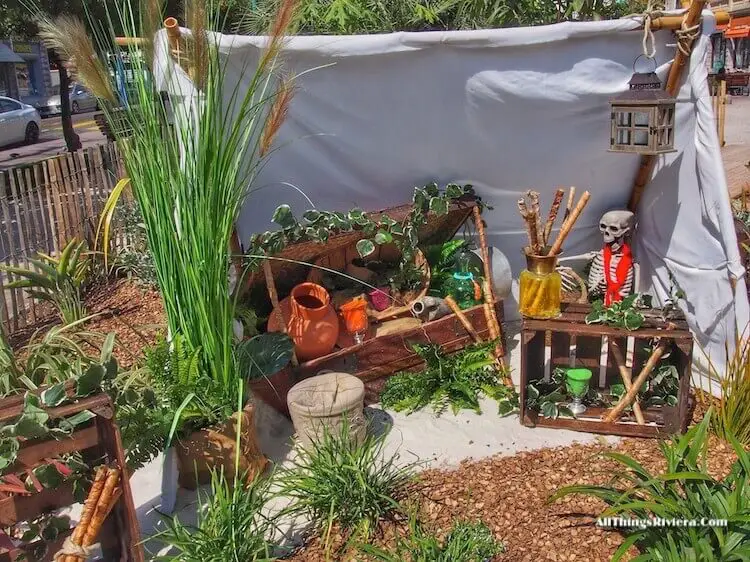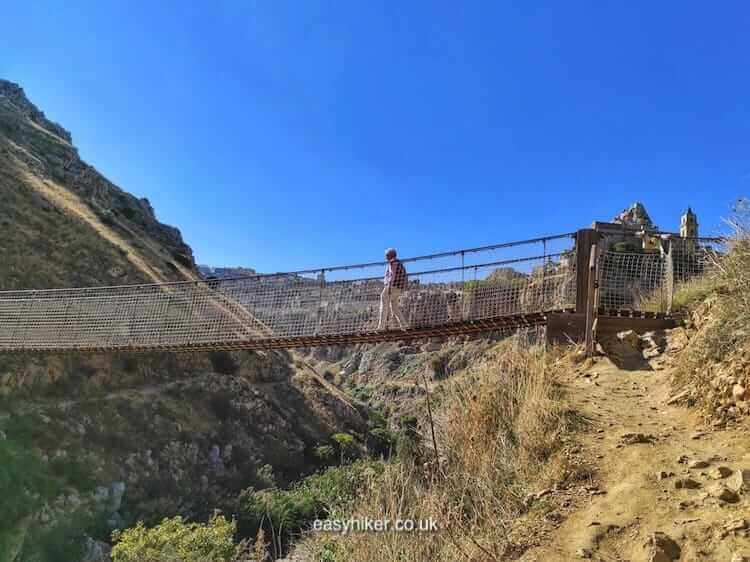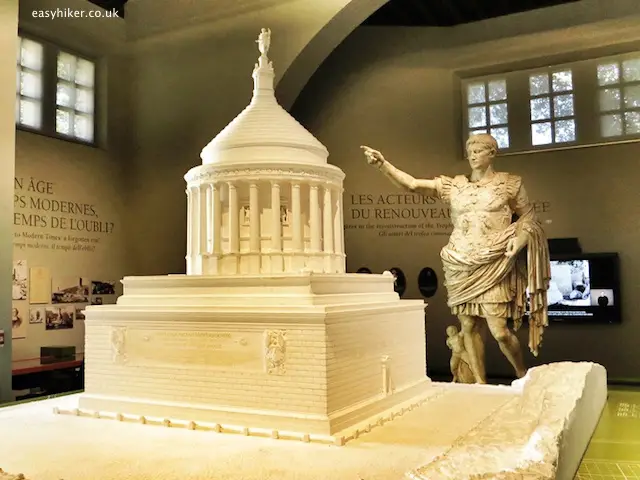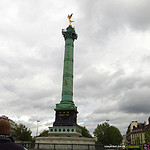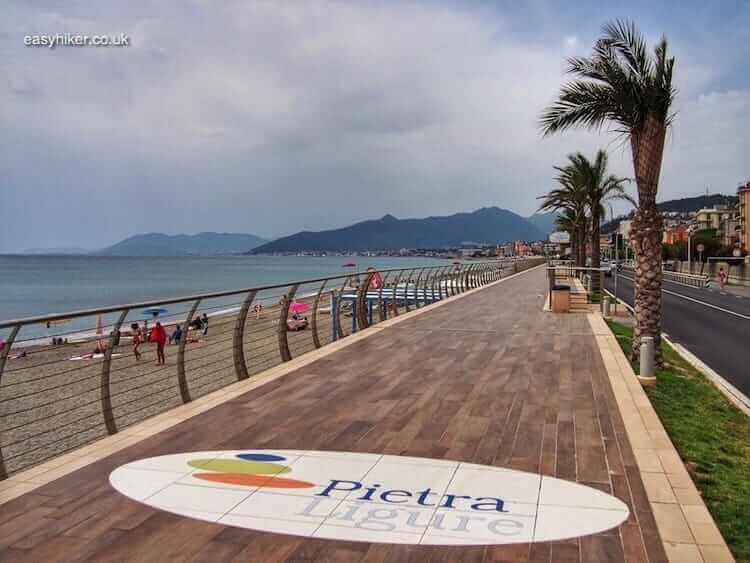Easy Hiking in the French Riviera
The View from the Roquebrune Castle
Life on the French Riviera has not always been sweet – at least not for everyone, not all of the time. Life was certainly not sweet for the inhabitants of Roquebrune Castle that we found (just to the east of Monaco) on one of our recent hikes.
It is an austere and charmless place, even by the standards of the period in which it was built – and was clearly never intended as a “palatial home” although the resident was, for all intents and purposes, the most powerful person in the area.
Roquebrune Castle was built in the 12th century by the Republic of Genoa, of which today’s Cote d’Azur was then a part. It served as the home of the local prefect, called the “Castellan”, whose job it was to ensure order, to settle disputes among the native population and, above all, to collect taxes, i.e. to bleed the locals dry for the benefit of the colonial masters.
Castellans only served for one year, after which they returned to Genoa to make way for a new guy, so it appears safe to assume that they were not sent to Roquebrune to “win friends and influence people”.
Life, it seems, was not particularly sweet for the locals either, whose homes, then as now, huddled in close proximity to the castle walls.
In addition to showing the locals who was boss, Roquebrune Castle also had the purpose of defending the town and its region against any external foes. Being positioned on top of a rock in between a valley to the north and the Mediterranean to the south, you could see an intruder’s approach from miles away …
… and you understand why Roquebrune Castle was considered impregnable for hundreds of years even though it never accommodated large numbers of soldiers. (The Republic of Genoa – a merchants’ state, like its sister republic of Venice a few hundred miles to the east, and very much run like a commercial enterprise – was grimly determined to operate its colonial system at the lowest possible cost.)
In fact, for most of its history, the Castle housed fewer than 10 soldiers. These soldiers were armed with crossbows and could shoot their arrows through the openings in the fortified walls. That was enough to deter anybody from approaching with hostile intent.
But if you take a walk around the ramparts, you will also understand what did Roquebrune Castle in eventually: the cliff, overlooking the fortress from the northern side. It was no danger when the castle was built as no crossbow could ever shoot that far.
With the invention of gunpowder, however, impregnability was a thing of the past. (The invention of gunpowder was what military strategists call an “unknown unknown” or what Nassim Nicholas Taleb has labelled a “black swan event”: an unforeseeable, high-impact development. One cannot help wondering what will eventually spell doom for today’s “impregnable fortresses” in our states and economies. Don’t worry: it will happen. It always does. We just do not – and cannot – know how.)
Once enemies could put the castle under fire, it was no longer of much military use, and its later owners. The Grimaldis, no strangers to the temptations of the “sweet life”, tried to make it less austere, but soon realized that this was a futile attempt and turned their attention to commissioning purpose-built palatial residences, scattering them all across the French Riviera.
But this, as they say, is another story – and another walk.

